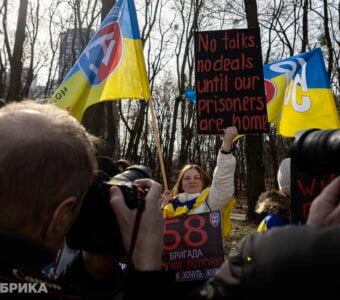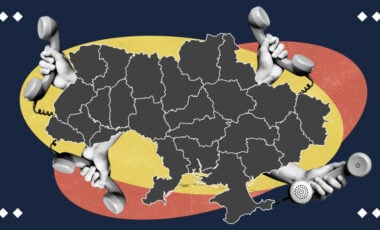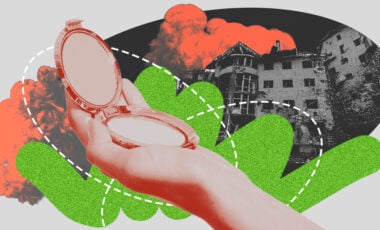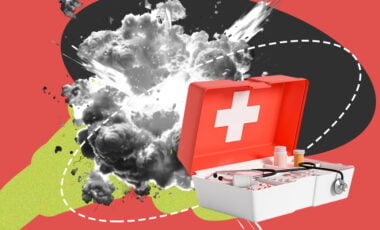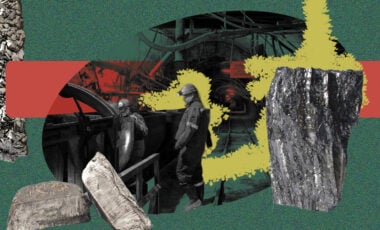Russian army prepares to blockade Pokrovsk and Myrnohrad – ISW
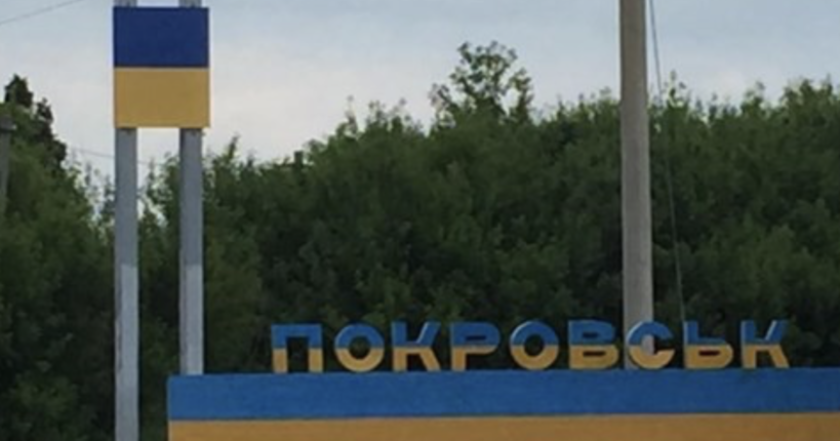
Photo: open sources
The situation around Pokrovsk and Myrnohrad in the Donetsk region remains tense due to the strategy of the Russian military aimed at cutting off Ukraine's main logistical routes to force Ukrainian troops to retreat from these cities.
ISW reports this.
According to American analysts, the strategic goals of the Russian troops are:
- Cutting off key supply routes:
"Russian forces likely intend to interdict Ukrainian ground lines of communications (GLOCs) into Pokrovsk and Myrnohrad to force Ukrainian units to withdraw from the towns in future months. The T-0405 and T-0406 highways are two of the three main east-west GLOCs supporting the Ukrainian force grouping in the Pokrovsk-Myrnohrad area," experts emphasize.
- Force the Ukrainian army to retreat:
In their report, analysts from the Institute for the Study of War note that Russian troops' advance east and west of Pokrovsk could complicate Ukrainian forces' logistics and ability to replenish supplies and redeploy troops.
The advance of Russian troops east and west of Pokrovsk could seriously complicate the situation for Ukrainian forces, forcing Ukrainian defenders to retreat north. This would allow the Russian occupiers to surround Pokrovsk and Myrnohrad and advance to the administrative border between the Donetsk and Dnipropetrovsk regions.
Analysts suggest that the Russian military command probably hopes to avoid conducting frontal attacks with large numbers of infantry on the urban areas of Pokrovsk and Myrnohrad.
The ISW writes that the blockade of these cities increases the likelihood of Ukrainian troops retreating, allowing the Russians to capture these settlements without conducting heavy urban battles.
Key findings:
- Russian forces recently cut the T-0405 Pokrovsk-Kostiantynivka highway east of Pokrovsk and the T-0406 Pokrovsk-Mezhova highway southwest of Pokrovsk as part of their efforts to envelop Pokrovsk and Myrnohrad.
- Russian forces likely intend to interdict Ukrainian ground lines of communications (GLOCs) into Pokrovsk and Myrnohrad to force Ukrainian units to withdraw from the towns in future months.
- Russian state-owned energy corporation Gazprom acknowledged that it is considering reducing the size of its central office staff by 40 percent, indicating that Gazprom may be concerned about the long-term effects that the war in Ukraine and the reduction in Russian gas exports to Europe will have on the Russian gas industry.
- Russian forces recently advanced in the directions of Kharkiv, Borova, Pokrovsk, Kurakhove, and Velyka Novosilka.
- South Korea's National Intelligence Service (NIS) reportedly announced that North Korean casualties in the Kursk region total roughly 3,000 killed and wounded.
For reference:
Pokrovsk, a city in the Donetsk region, has become a front-line city over the past few months. The occupying forces are attempting to break through the defenses in this area, which is one of the most challenging parts of the front.
The situation on the front in the Pokrovsk area remains tense. Fights are currently underway in the Pokrovsk direction. The enemy there has superior manpower. Currently, Russia has 150 thousand soldiers on the Pokrovsk, Kurakhiv, and Vremivsk fronts. In particular, the occupiers have concentrated about 70 thousand soldiers in the Pokrovsk area.
Russian units are actively advancing south of Pokrovsk, concentrating their efforts in the areas of the settlements of Novyi Trud and Dachenske. Analysts warn that such maneuvers create the prerequisites for Russian troops' approach to a distance of about six kilometers from Pokrovsk.
In particular, Russian troops are attempting to gain a foothold in villages near Pokrovsk and advance further.
Analysts emphasize that the capture of Pokrovsk is part of Russia's overall plan to establish control over the entire territory of the Donetsk region. Despite record losses, Russian troops may continue active combat operations in this direction even after the winter of 2024–2025.







